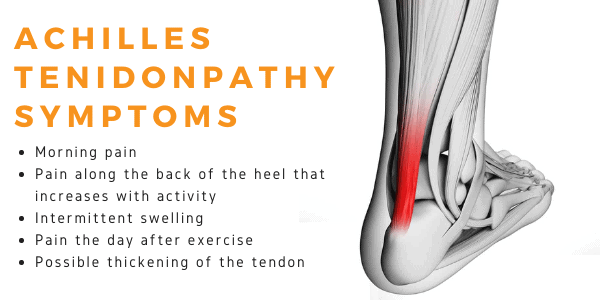Many people wonder what conditions physiotherapy heals. Physiotherapy is a form of physical therapy that focuses on the rehabilitation of damaged muscles and joints. The purpose of this therapy is to help patients regain strength, flexibility, and range of motion in affected areas of the body. If you have back pain, you should book an appointment for back pain physiotherapy at St Albert.
You may not have known it, but you are suffering from back pain for a multitude of reasons. You could be suffering from Osteoarthritis, a degenerative condition of the joints; you could have injured your back while lifting, or you could have injured your back while playing sports. There are many causes of back pain, and the number of injuries that occur each year is astounding. A physical therapy program from health bound is usually very effective at helping patients resume normal activity.
Many people seek relief from lower back pain using a combination of prescription and non-prescription medications. This can be a dangerous route to take as the medications can interact with other medications that you take and create a dangerous interaction condition. A better option would be to pursue a course of physiotherapy that includes exercise. Exercises can help to reduce tension in muscles that are causing pain and improve range of motion, all while helping you to get back into movement.
Many doctors will prescribe a course of drugs along with their patient’s physical therapy programs. Unfortunately, some patients do not like this idea. They want to be involved in the process of healing, but do not like the idea of being medicated. For these individuals, a physiotherapist can provide the right alternative. Many physiotherapy programs can be attended at home, which allows patients to continue with their lives while getting some relief from the pain.
Physiotherapy can treat different kinds of lower back pain in multiple locations. It can treat acute and chronic back pain. It can also treat injuries and sprains of all types. If your injured area is muscular in nature, then a physical therapist will provide you with exercises that strengthen and tone the muscles in that location, which can reduce or eliminate your back pain.
Plantar Fasciitis and Heel Spur Formation – Are You at Risk?
How long does Achilles tendinopathy last? This is a common question asked by many people who are suffering from tendonitis. The first step in answering this question is to determine the severity of your symptoms and how long you may be out of work and unable to return to your usual daily activities. In milder forms of tendonitis, as many as ten days is usually the limit of how long one may be out of action, although in more severe cases, the time out is usually much longer.

If the first set of tests reveals no structural damage, your doctor may recommend an MRI or magnetic resonance imaging scan to determine which of the tendons has been strained. Depending on the nature of the images, a treatment plan will be determined. Treatment may be limited to stretching and possibly using night splints to rest the foot. If there is a tear, an orthotic device can be used to reduce pain and promote healing.
Surgery is also an option for plantar fasciitis treatment. If the damage is severe enough, the heel muscle can be cut or scarred off in an attempt to treat the condition from the inside out. This approach requires a skilled specialist, since surgery is only recommended when first treatment fails. Other than surgery, other treatment options include physical therapy and applying night splints or arch supports. Physical therapy aids in foot function and can help increase strength in the heel muscles. Splints or arch supports are used to increase stability in the feet and ankles, and correct any swaying or rotation problems.
Treatment options for plantar fasciitis are usually only recommended if other treatment strategies fail. Surgery is considered for cases where symptoms cannot be treated with home treatments. If the condition does not improve with conservative treatments and the heel persists with severe pain, it may be time to talk to a doctor about more aggressive treatment options. Medication such as steroid injections may be recommended. Physical therapy, in combination with stretching and strengthening exercises, will help return strength to the plantar fascia and ease inflammation.
Heel spurs caused by plantar fasciitis will not go away on their own. They will eventually wear down the fascia and cause more problems. Treatment of plantar fasciitis involves addressing both the heel spur itself and also stretching the Achilles tendon to allow it to heal properly. This is usually combined with a comprehensive exercise program designed to strengthen your entire Achilles tendon and prevent heel spurs from happening in the future.
In most cases, treatment of heel spurs is not necessary as heel spurs are genetically inherited. But this doesn’t mean you can’t take steps to alleviate the discomfort or pain you feel. By wearing proper shoes with proper arch support and avoiding situations that trigger foot pain, you can prevent plantar fasciitis or heel spur formation. Take action today for good health tomorrow.




